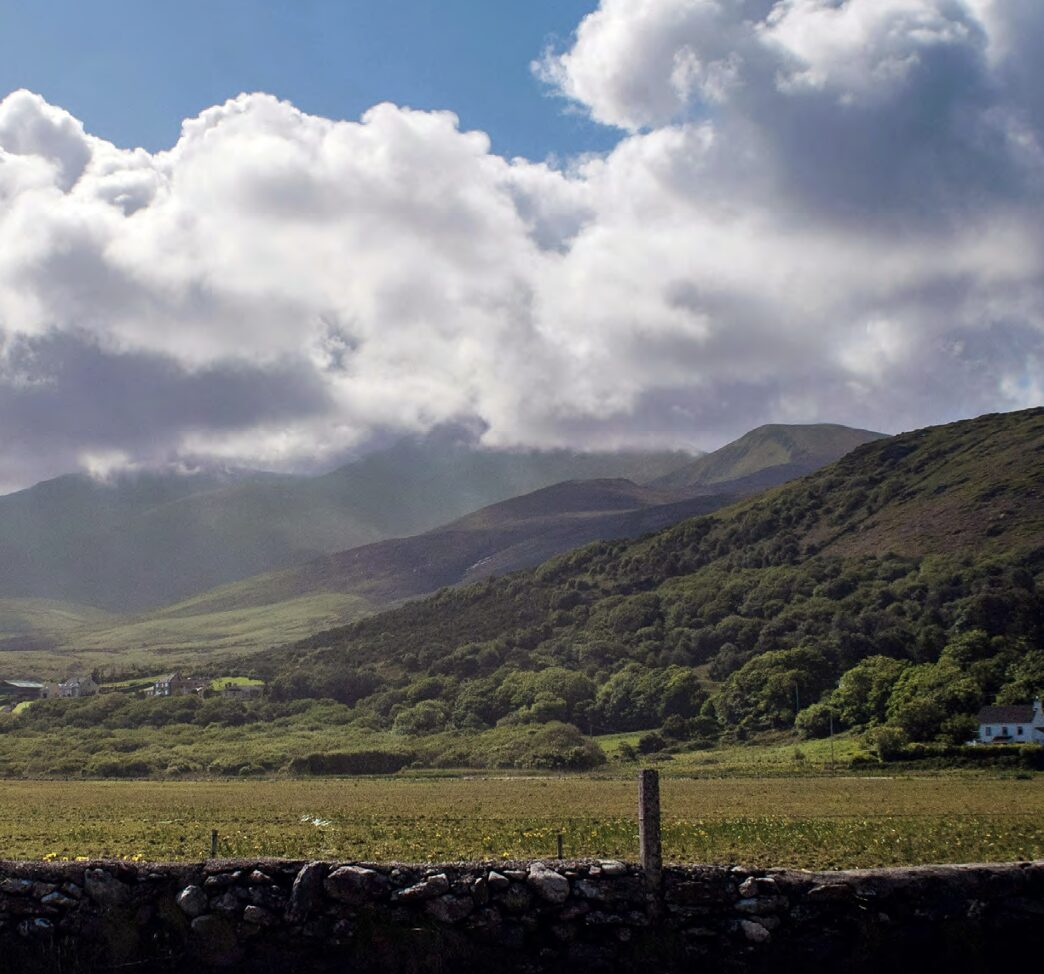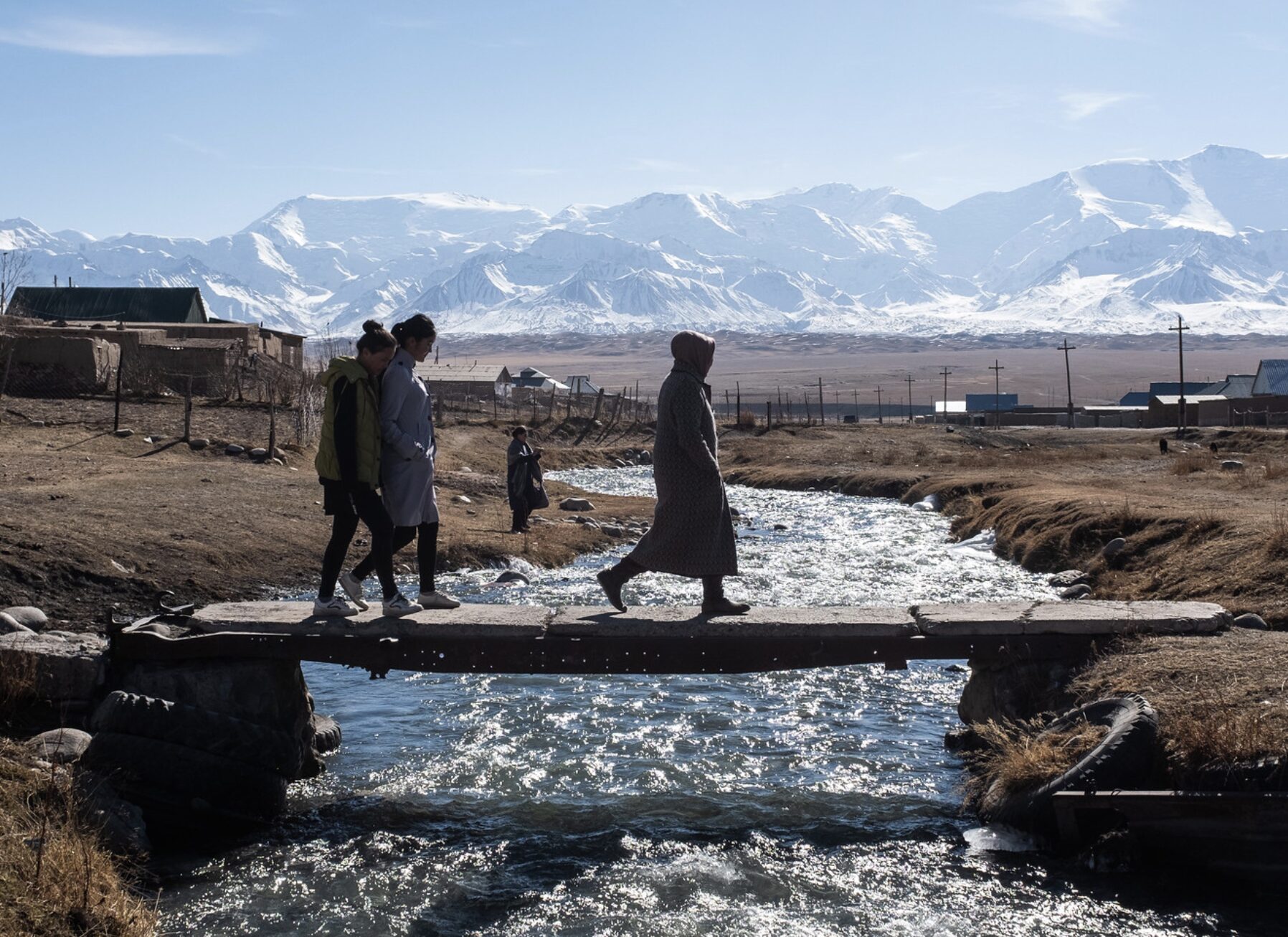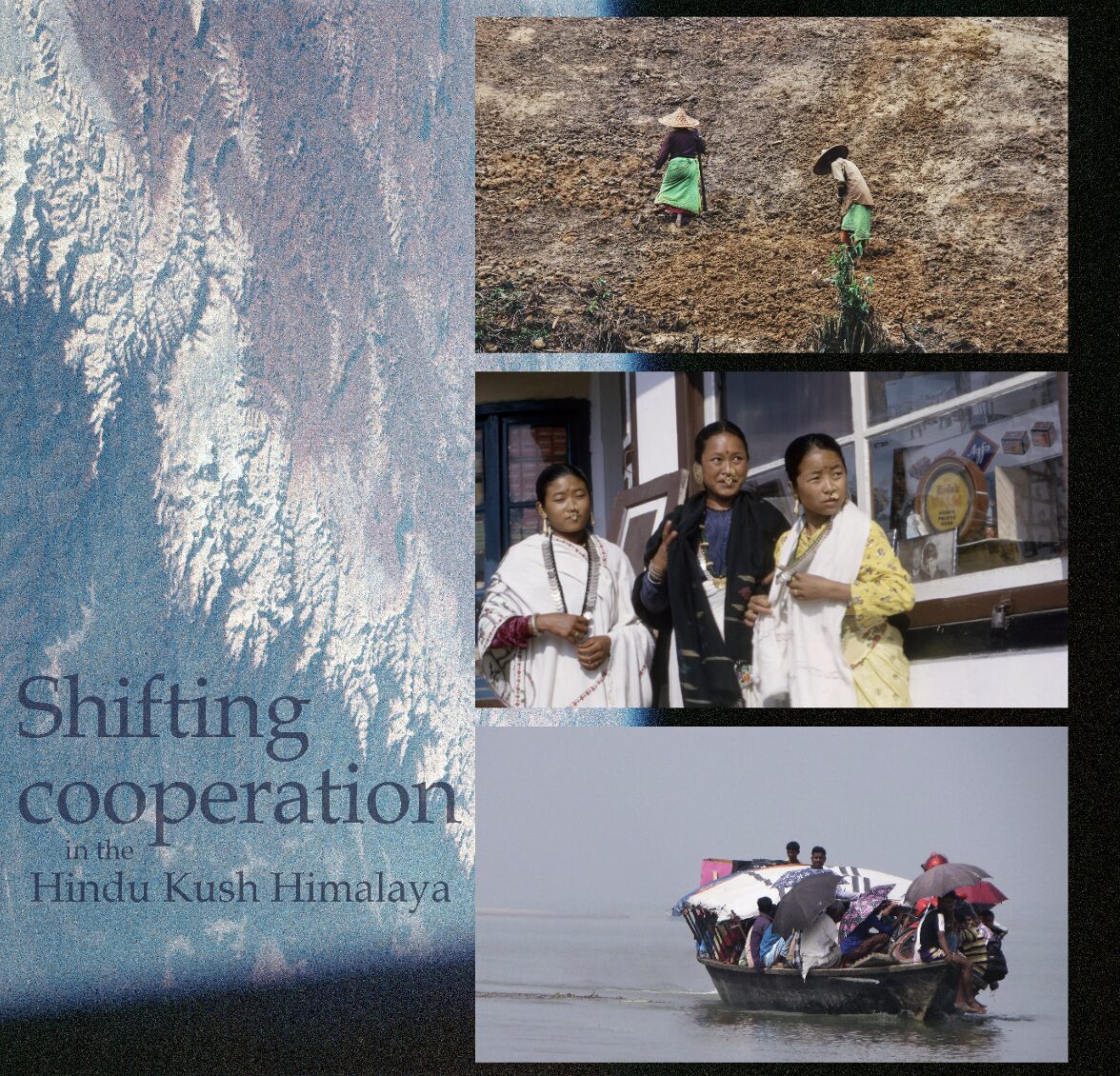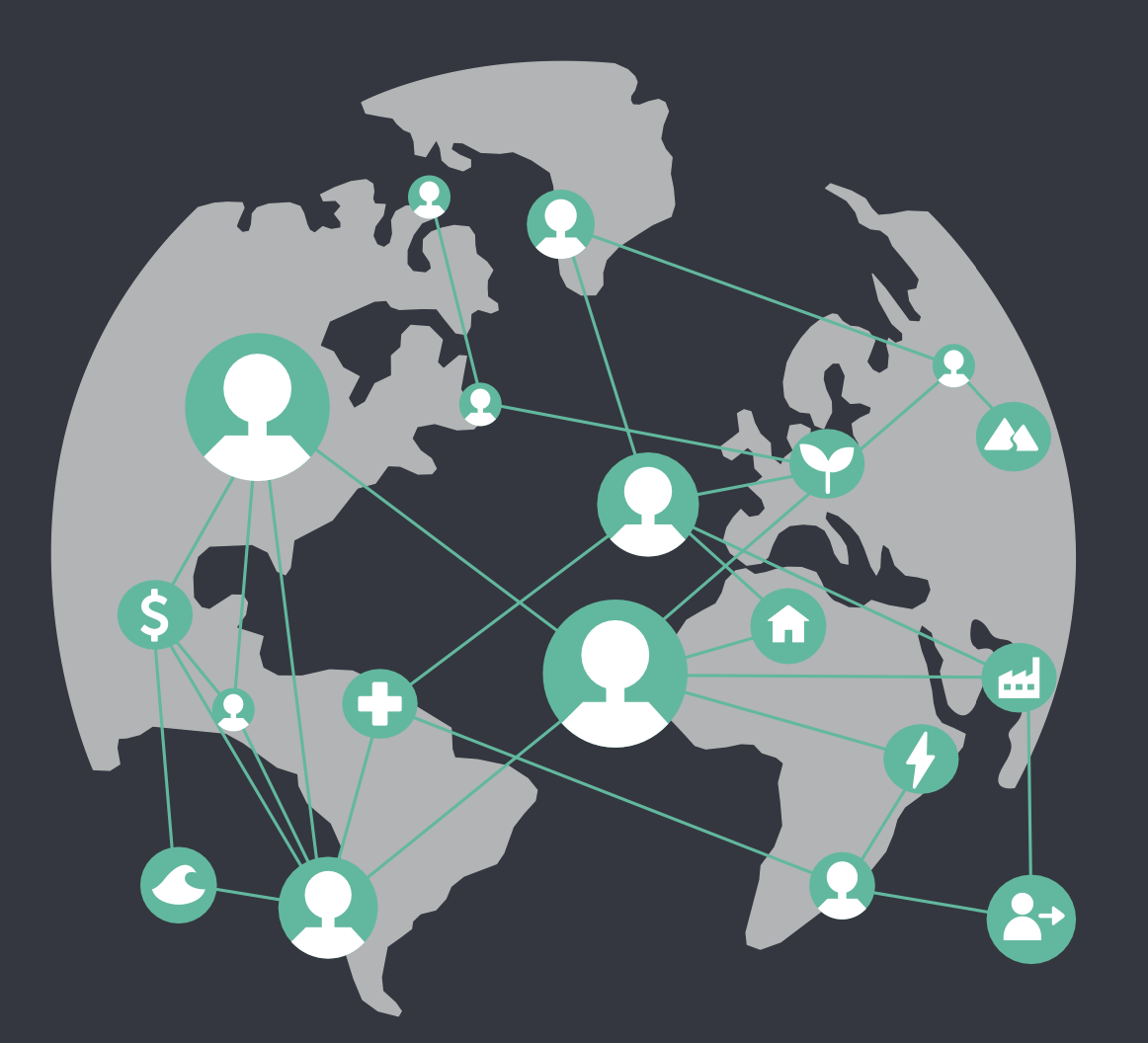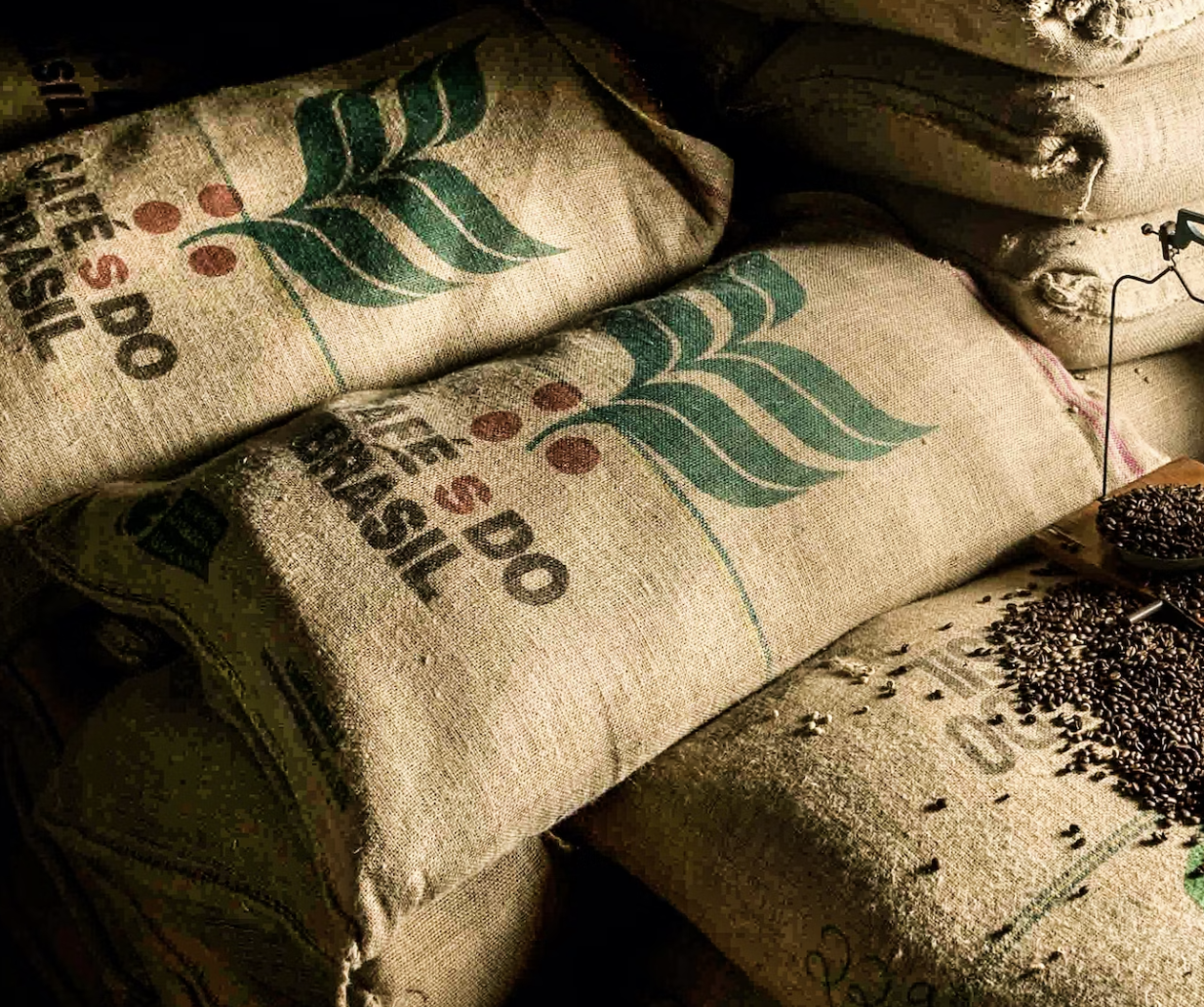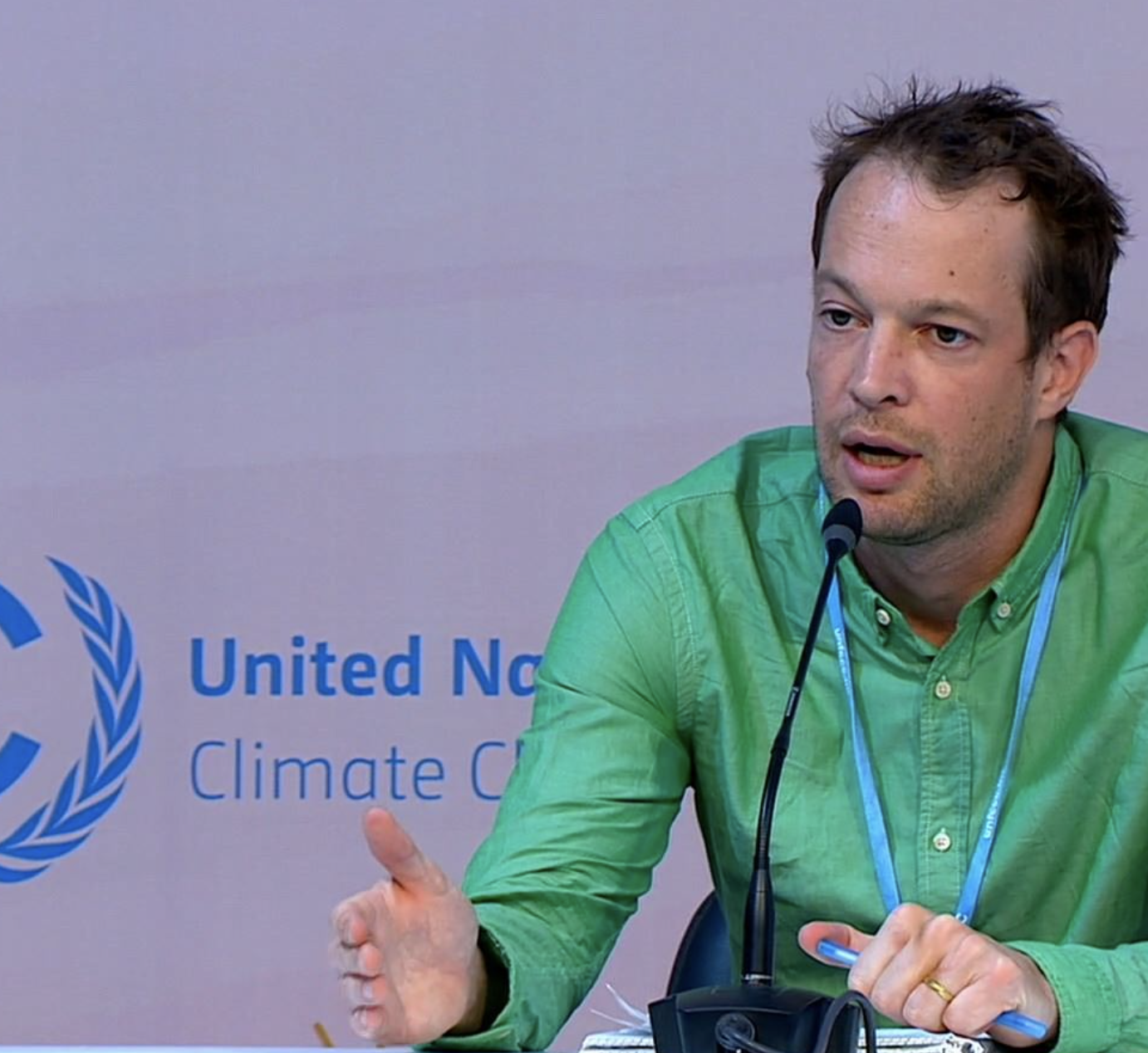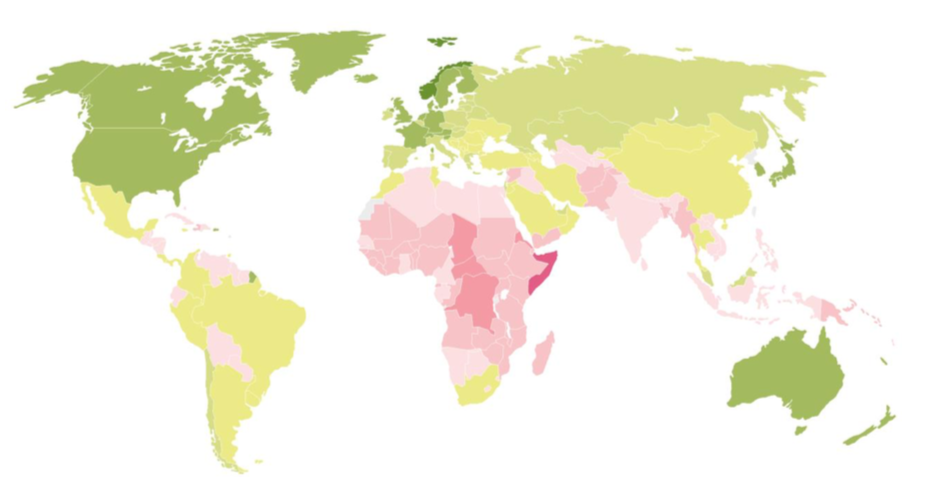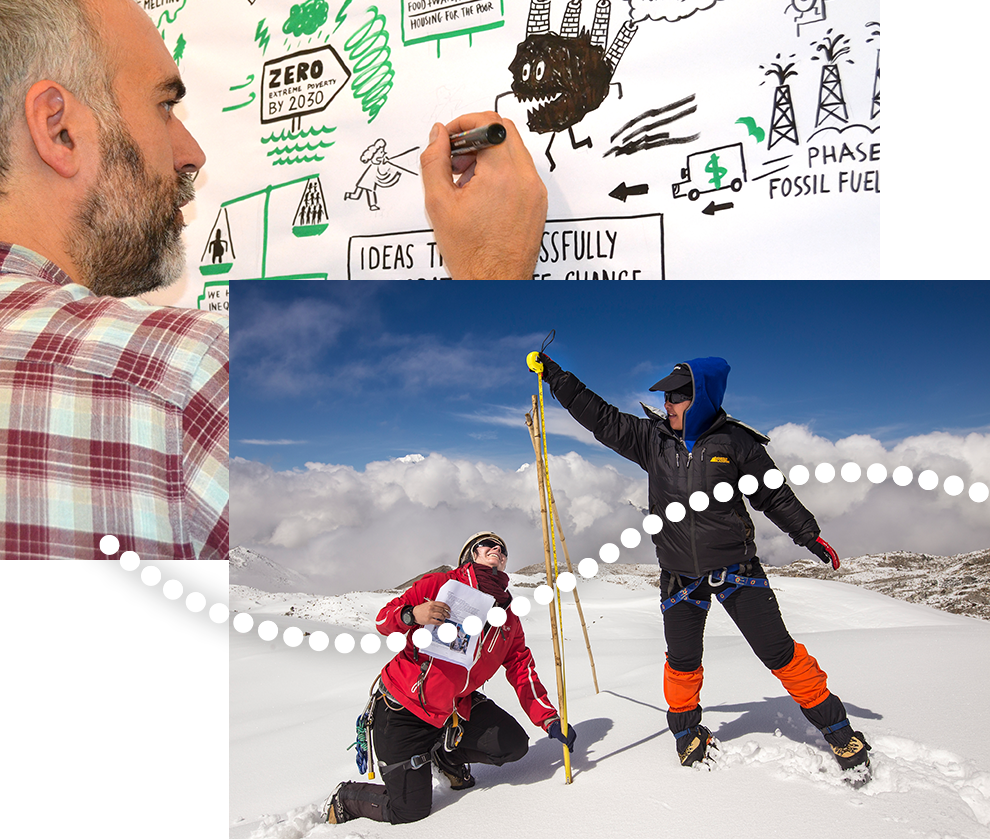agriculture
Assessment on prioritising transboundary climate risks for Ireland
Explore a comprehensive assessment of transboundary climate risks to the Island of Ireland in three specific areas: agriculture and food security, trade and infrastructure, and biophysical systems.
We are all connected
This blog post explores five reasons why it is time to start paying more attention to transboundary climate risks.
Shifting cooperation in the Hindu Kush Himalaya
How does interdependence shape cooperation and resilience in the face of climate change? This communications piece will take you on a journey to the Hindu Kush Himalaya to illustrate the complexity of interdependencies in the region and the implications for the wider world.
An African perspective on transboundary and cascading climate risks
Learn about how transboundary and cascading climate risks could impact different African regions, with a focus on East Africa, West Africa and Southern Africa, in this Adaptation Without Borders discussion brief. Also explore the role of national and regional adaptation plans in managing these risks.
The Global Transboundary Climate Risk Report
Discover new evidence on ten transboundary climate risks of global importance that affect critical sectors and regions: from water resources in high mountain environments, to fish stocks in the open ocean, industrial supply chains, and energy and global finance systems, as well as human health, livelihoods, mobility patterns, and physical and mental well-being.
Contesting legitimacy in global environmental governance – An exploration of transboundary climate risk management in the Brazilian-German coffee supply-chain
Explore the ways in which transboundary climate risks are being governed across a Brazilian-German coffee supply chain in this journal paper. Learn about the five distinct governance pathways identified, which are each underpinned by a distinct operationalization of legitimacy.
Dispatch from the Climate-Trade Nexus
Learn about the transboundary impacts of climate change from an international trade perspective, and discover how trade policy can play a crucial role in advancing climate adaptation.
Shifting the Narrative on Adaptation at COP27
Read this short post about how SEI's Adaptation Without Borders partnership advanced the narrative that climate risk is a shared reality and adaptation must become a collective responsibility, at the "Adaptation COP" in Sharm el-Sheikh, Egypt.
SDC Climate change foresight analysis 2020: Global and regional risks and hotspots
This foresight report provides information about short- and medium-term climate-related risks and analyses these risks with regard to water, food, health and regional stability.
The Economic Cost of Climate Change in Europe: Synthesis Report on COACCH Interim Results
This document synthesises the latest results from the COACCH project on the economic costs of climate change in Europe by sector and socio-economic tipping points.
